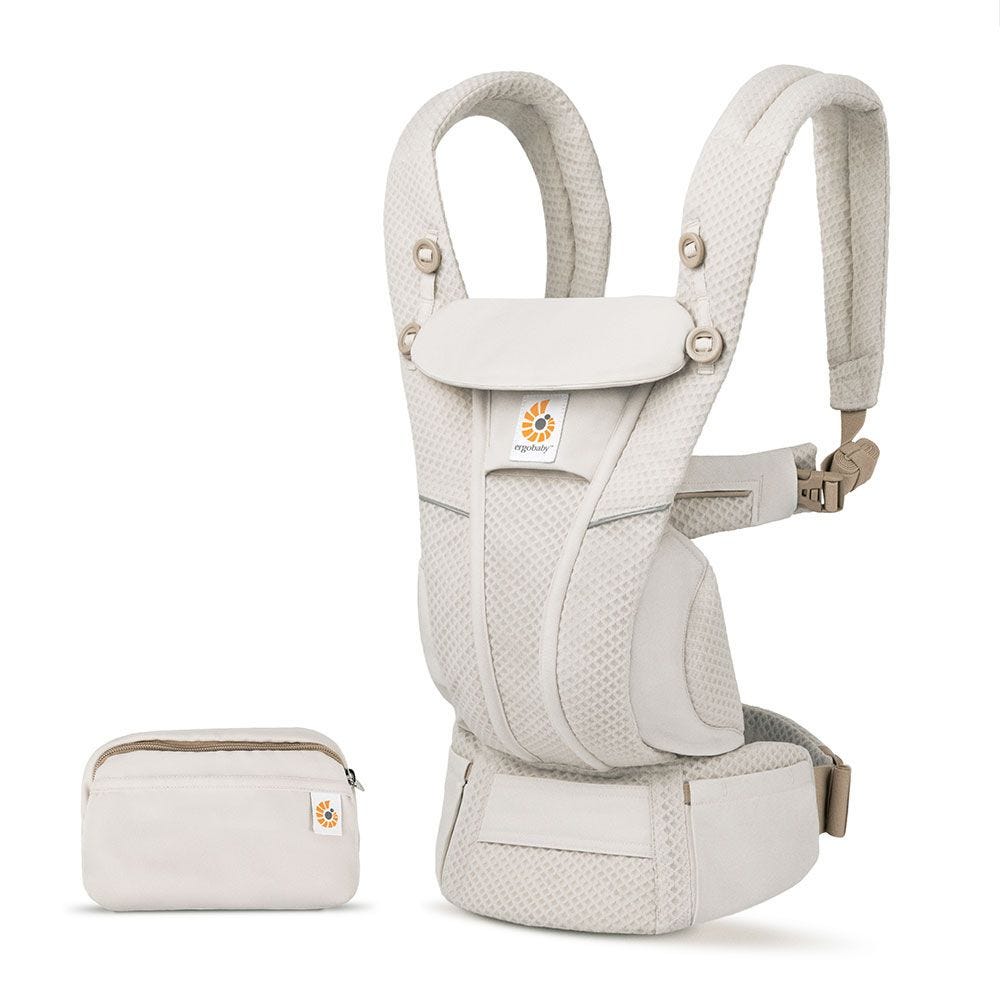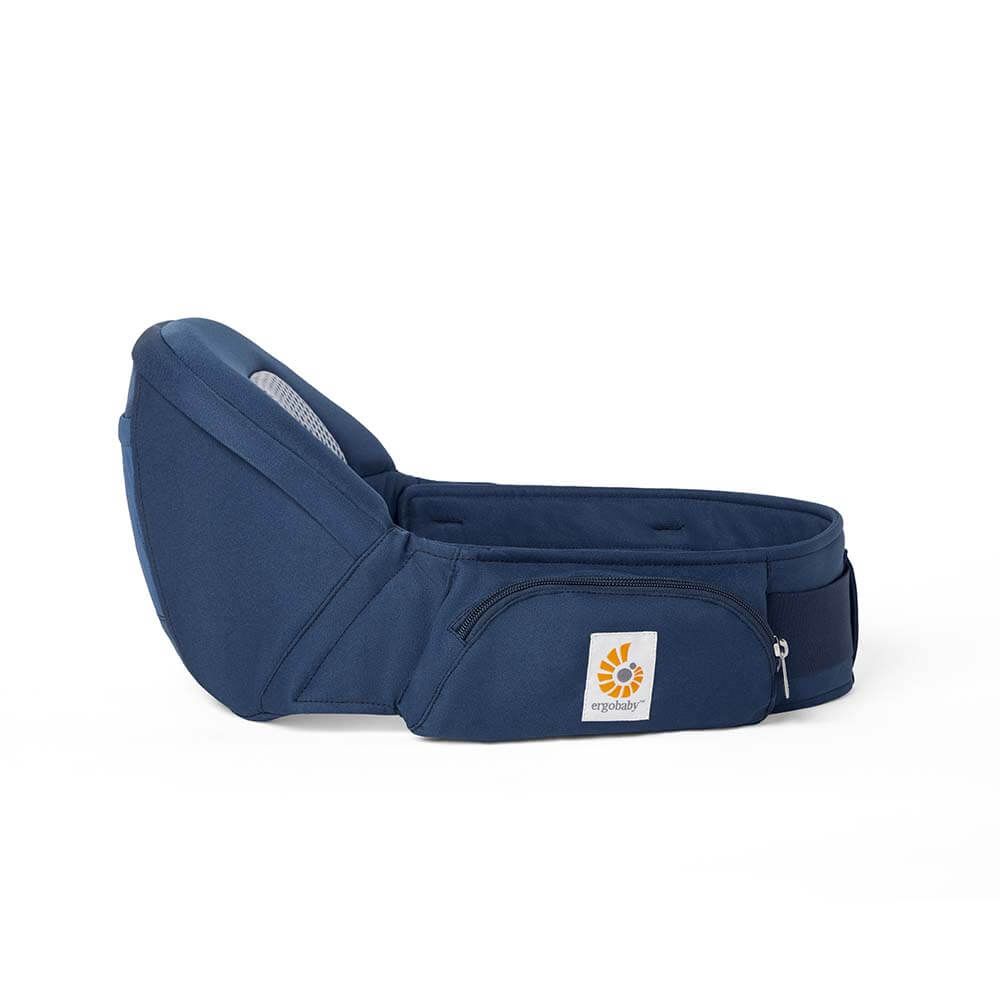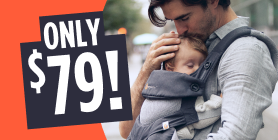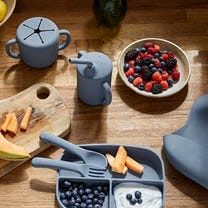

Ergobaby Embrace Newborn Carrier – Soft Knit: Cream
Merges the coziness of a soft wrap with the simplicity of a carrier. No complicated wrapping or tying involved!
- Soft and cozy for newborns
- Simple and easy to use
- 7-25lbs, 0-12 months
- Facing In and Facing Out Carry Positions
- Ergopromise Lifetime Guarantee

At A Glance
Carry Modes



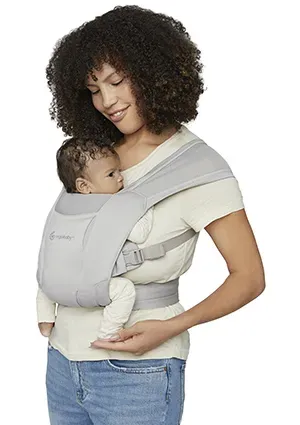
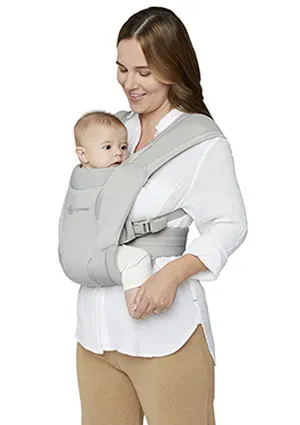
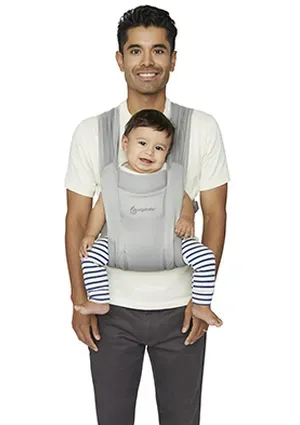
Fit


Pant Size: 4
S


Pant Size: 16
XL


Pant Size: 42
XXL

